The exhibition Dubuffet and Art Brut. The Art of Outsiders, which opens Oct. 12, 2024 at Mudec in Milan and runs through Feb. 16, 2025, aims to bring to Italy an exhibition project that illustrates the expressive power of the ArtBrut art movement. Through the works on display, the organizers intend to make the public understand the importance of this art form, which continues to inspire contemporary artists and represents a fundamental means of expression for those who wish to communicate their inner essence.
Art Brut emerged in the heart of a postwar Paris, far from museum halls and refined salons. This art movement, which took shape through the influence of Jean Dubuffet, presents itself as a “raw,” “pure,” and above all “unfiltered” art form. However, it is not to be confused with amateur art. Rather, it is the pristine expression of the soul, the reflection of primal instincts, the creation of those who, having never attended an art school, draw inspiration from dreams and visions. Jean Dubuffet, a French artist and theorist, collected works by self-taught artists and individuals often on the margins of society. These works, free of cultural filters and preconceptions, tell stories of lived lives and fantastical worlds. In this way, Art Brut becomes a radical stance against artistic conventions and the academic art system, away from traditional centers and the avant-garde.
Thanks to the donation of his collection, begun in 1945, to the City of Lausanne, the Collection de l’Art Brut was inaugurated in 1976. Today, it continues to grow with new works and has inspired numerous events and exhibitions around the world. In Italy, despite numerous efforts by critics and art historians, there are still few public institutions dedicated to Art Brut, and the concept itself remains relatively foreign to the general public.
Dubuffet and Art Brut is produced by 24 ORE Cultura - Gruppo 24 ORE, promoted by the City of Milan-Cultura and sponsored by the Swiss Consulate General in Milan, with the collaboration of the Collection de l’Art Brut in Lausanne. The latter, which possesses an extraordinary collection of more than 70,000 works of Art Brut, is the result of Dubuffet’s work, which gathered a historical core of creations from self-taught artists. The exhibition offers an overview of historical works, such as those by Aloïse Corbaz and Adolf Wölfli, along with sculptures by Émile Ratier and paintings by Carlo Zinelli, Italy’s most celebrated Art Brut artist.
It is curated by Sarah Lombardi and Anic Zanzi, of the Collection de l’Art Brut, and Baptiste Brun, an expert on Dubuffet. The exhibition unfolds in a four-part itinerary, where the first section is dedicated to the figure of Dubuffet and his work. Here, visitors can admire works and documents that illustrate the birth of the concept of Art Brut, while subsequent sections offer a wide selection of works from artists around the world related to the themes of the body and beliefs.
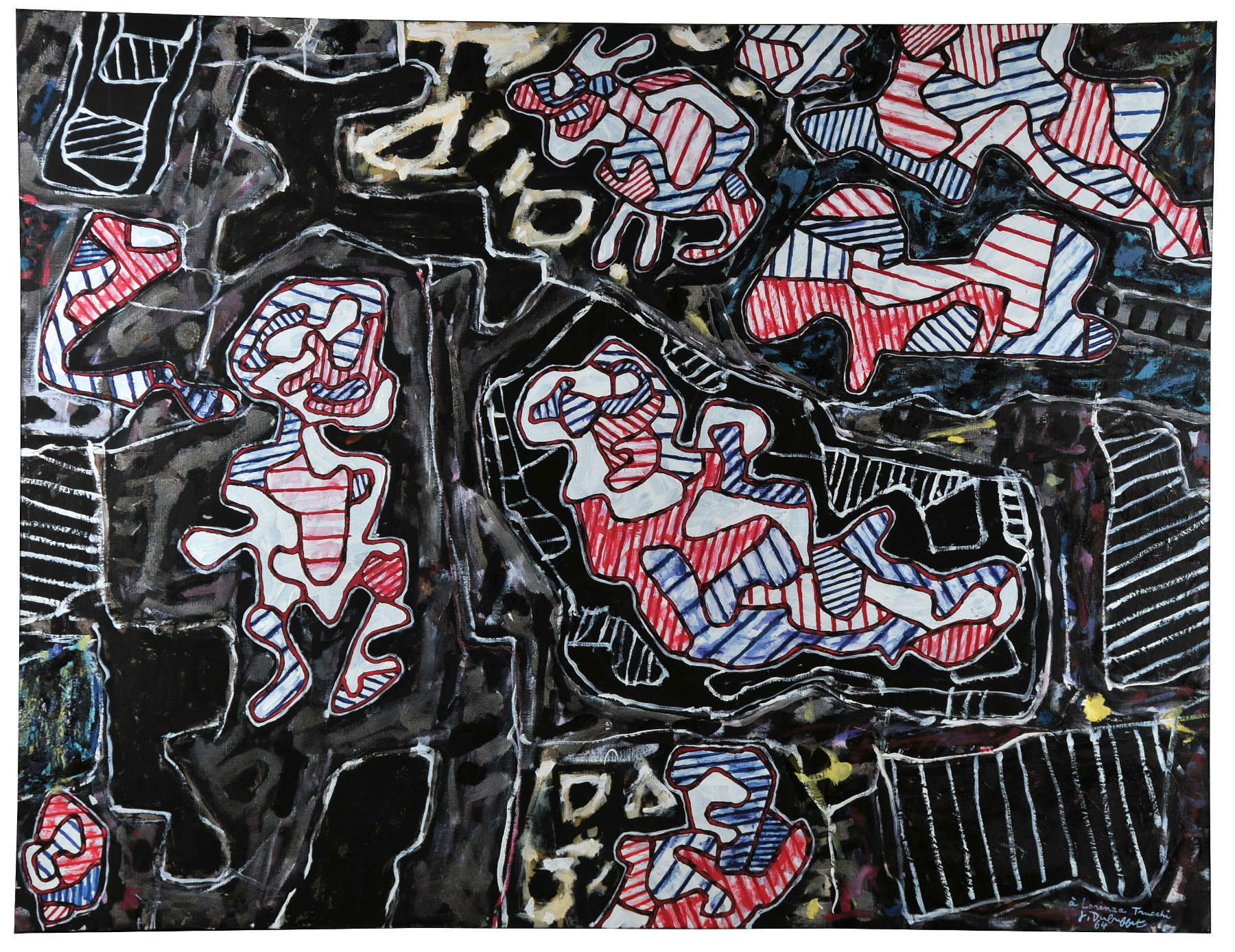
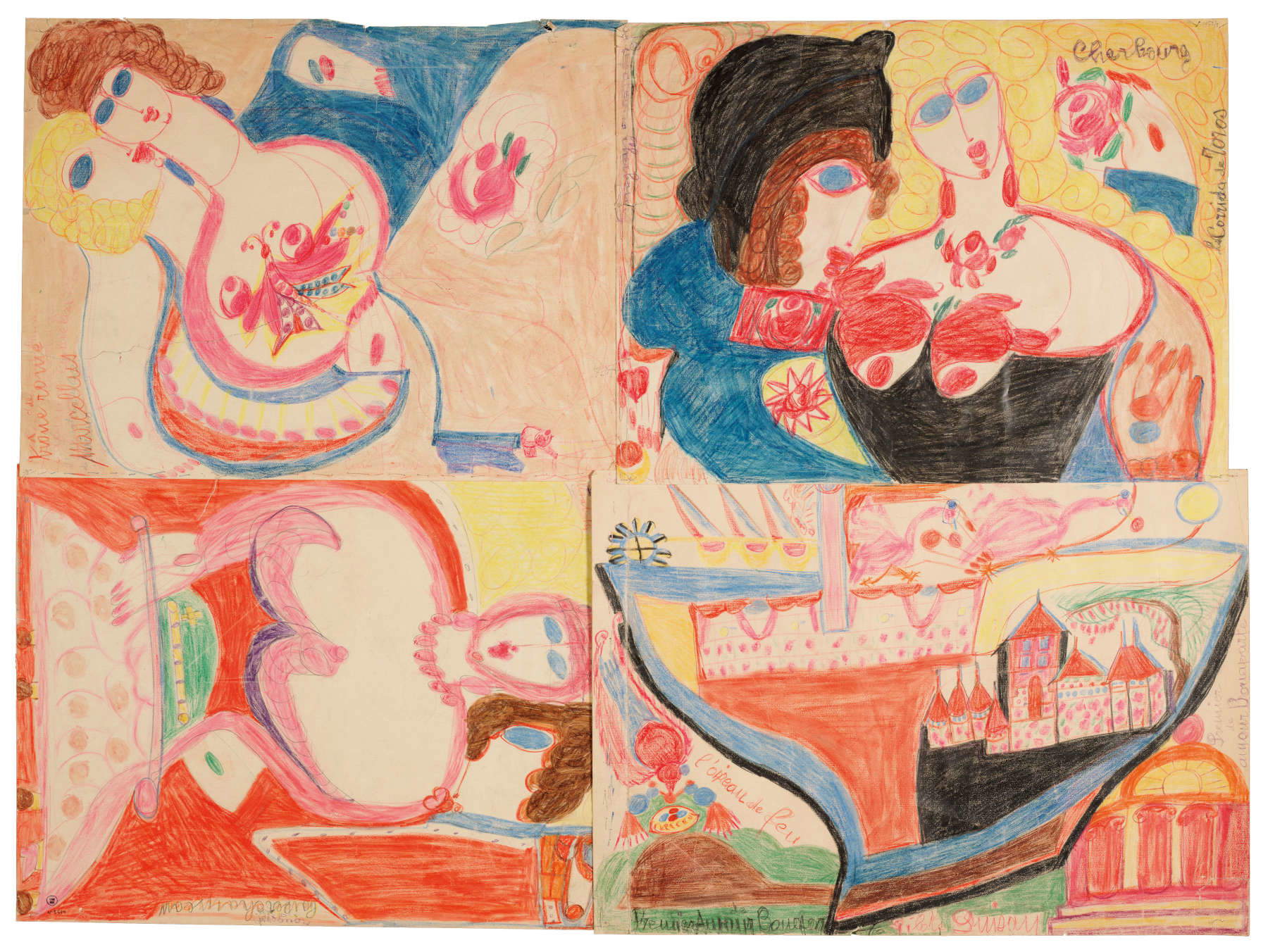
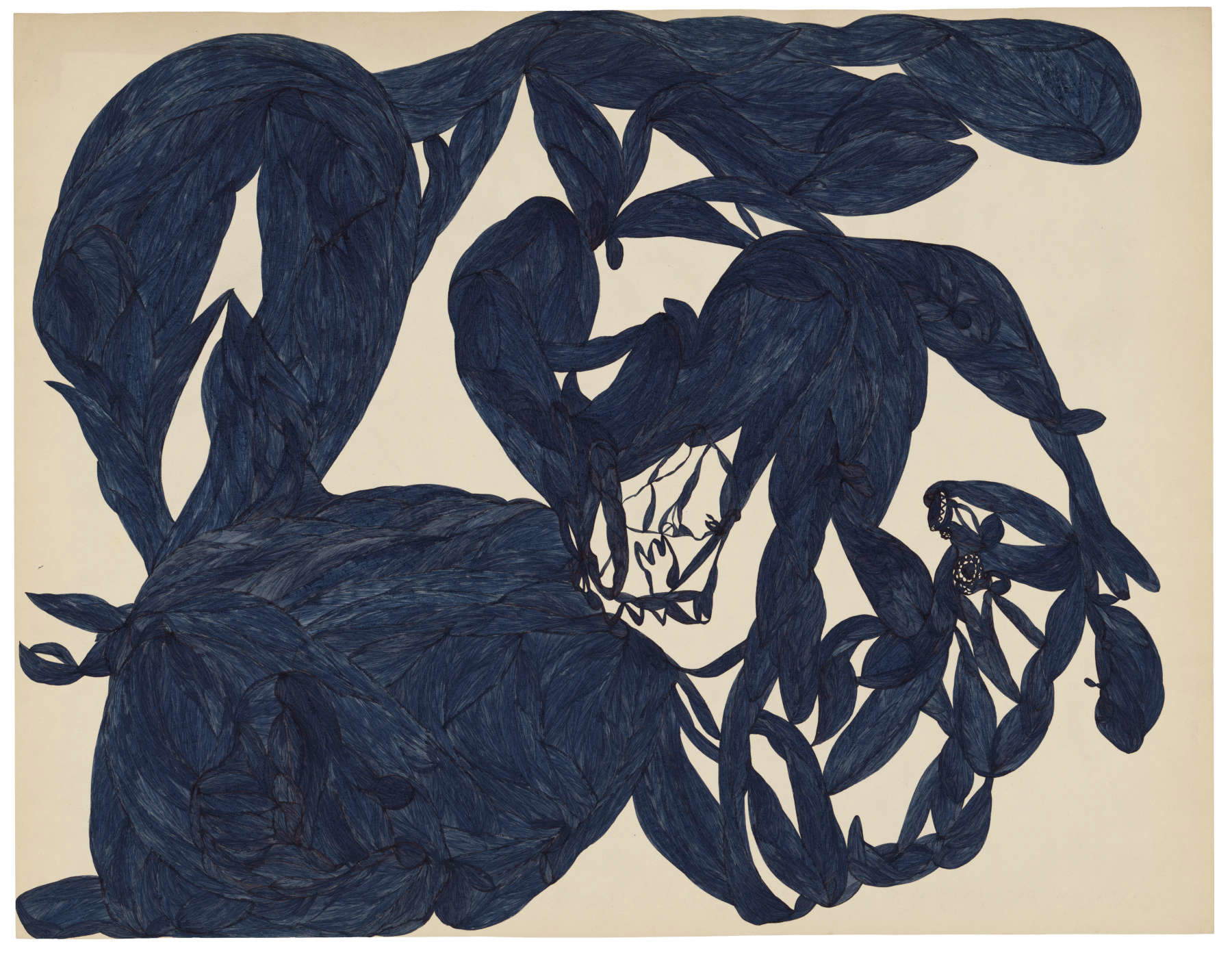
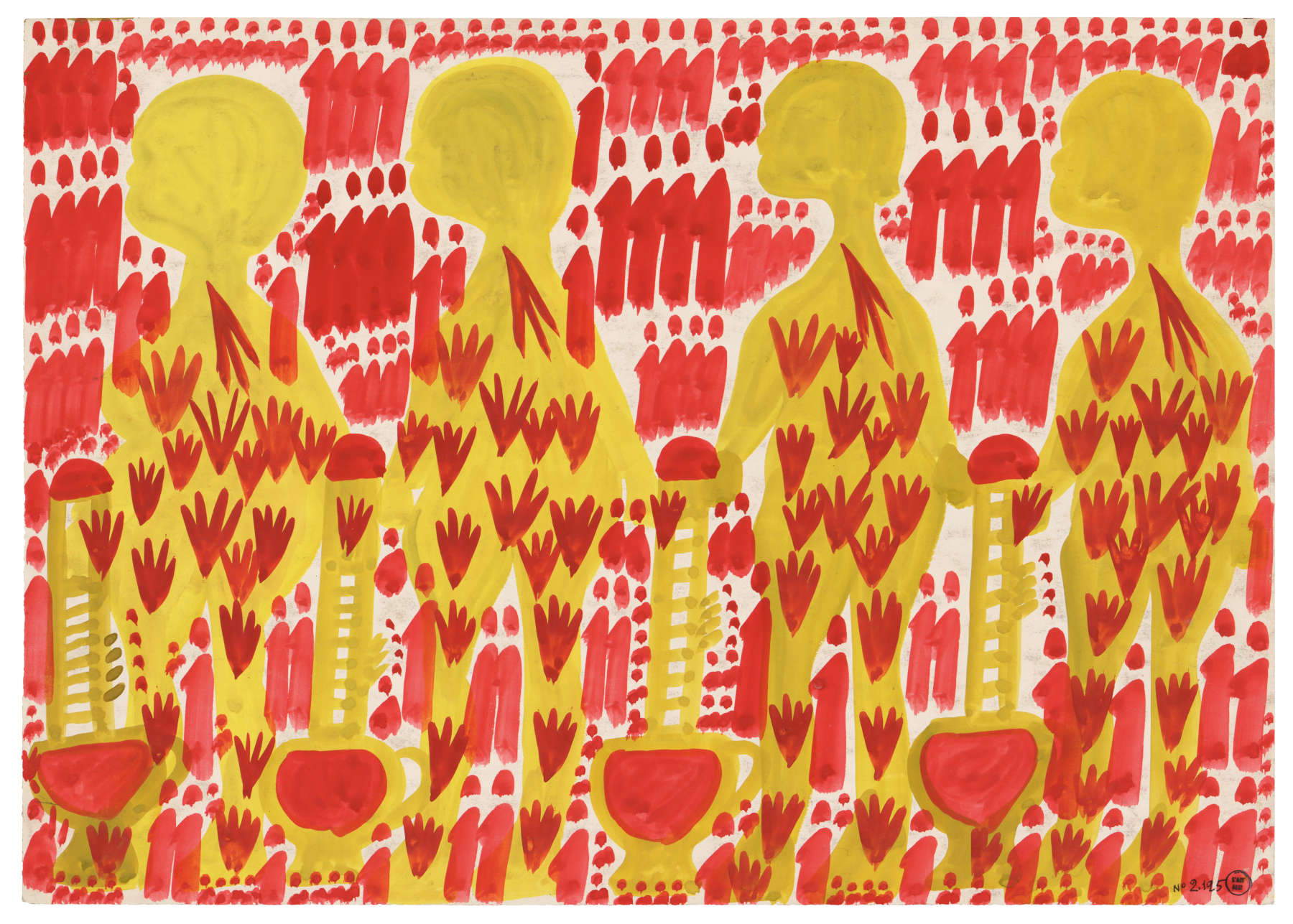
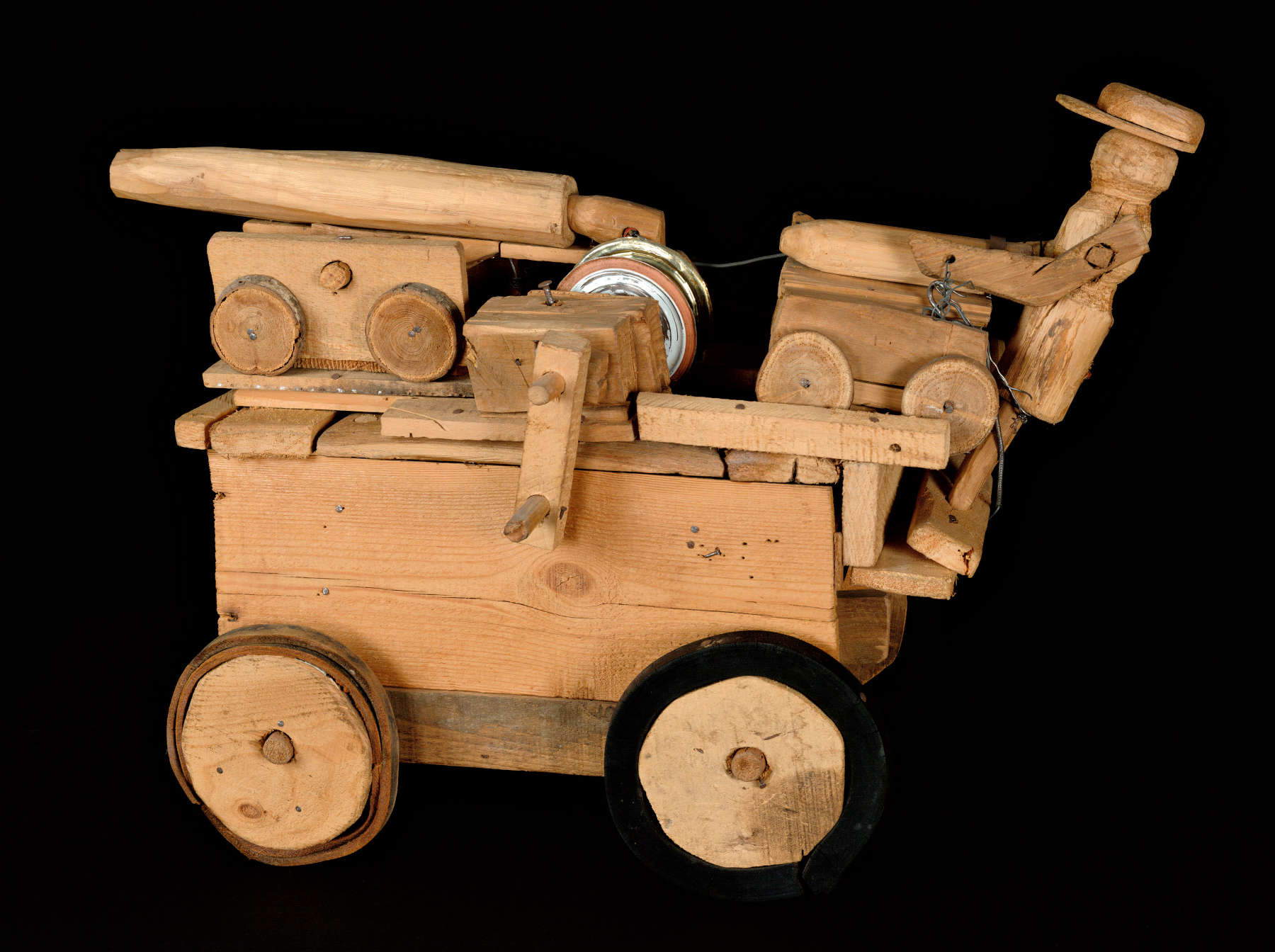
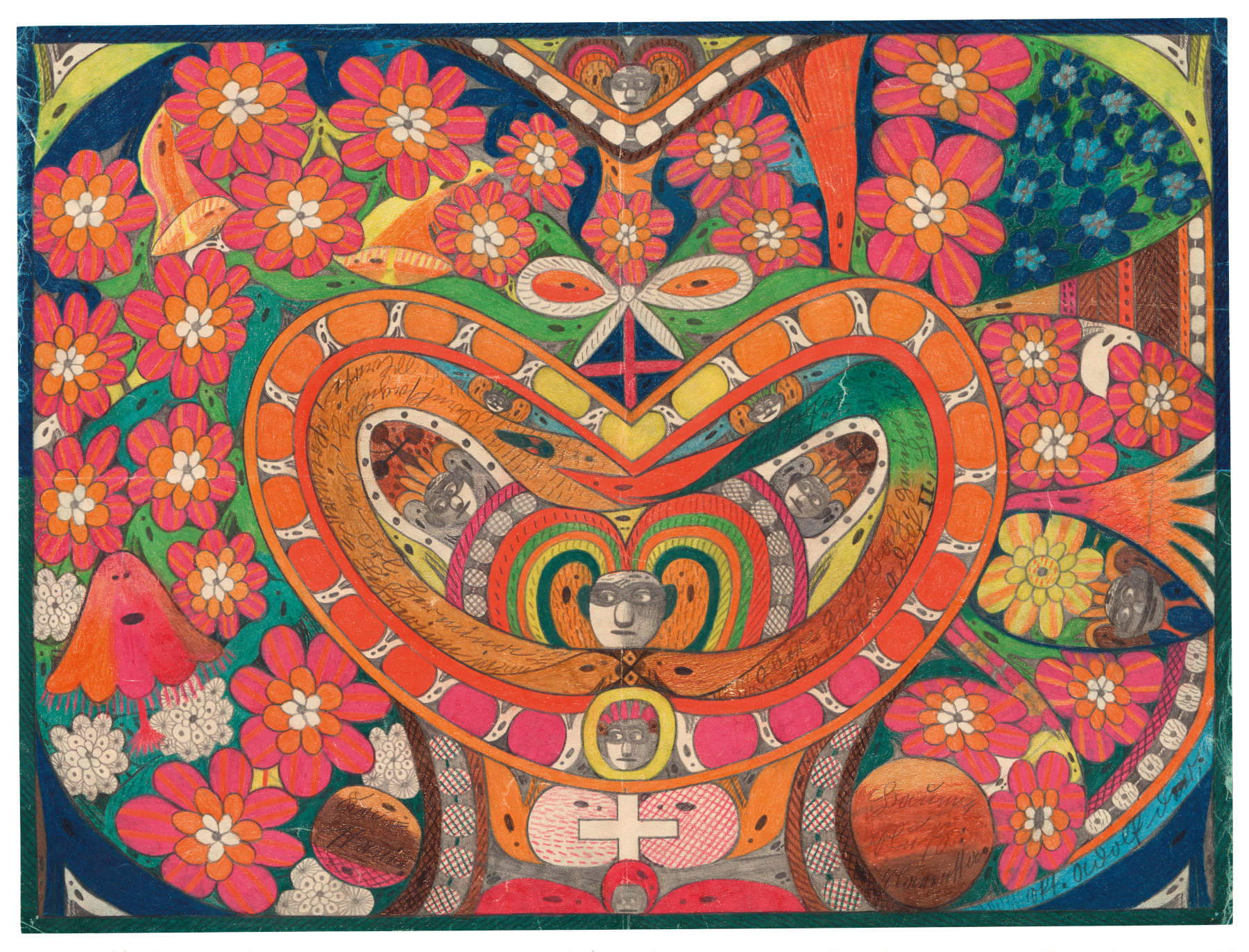
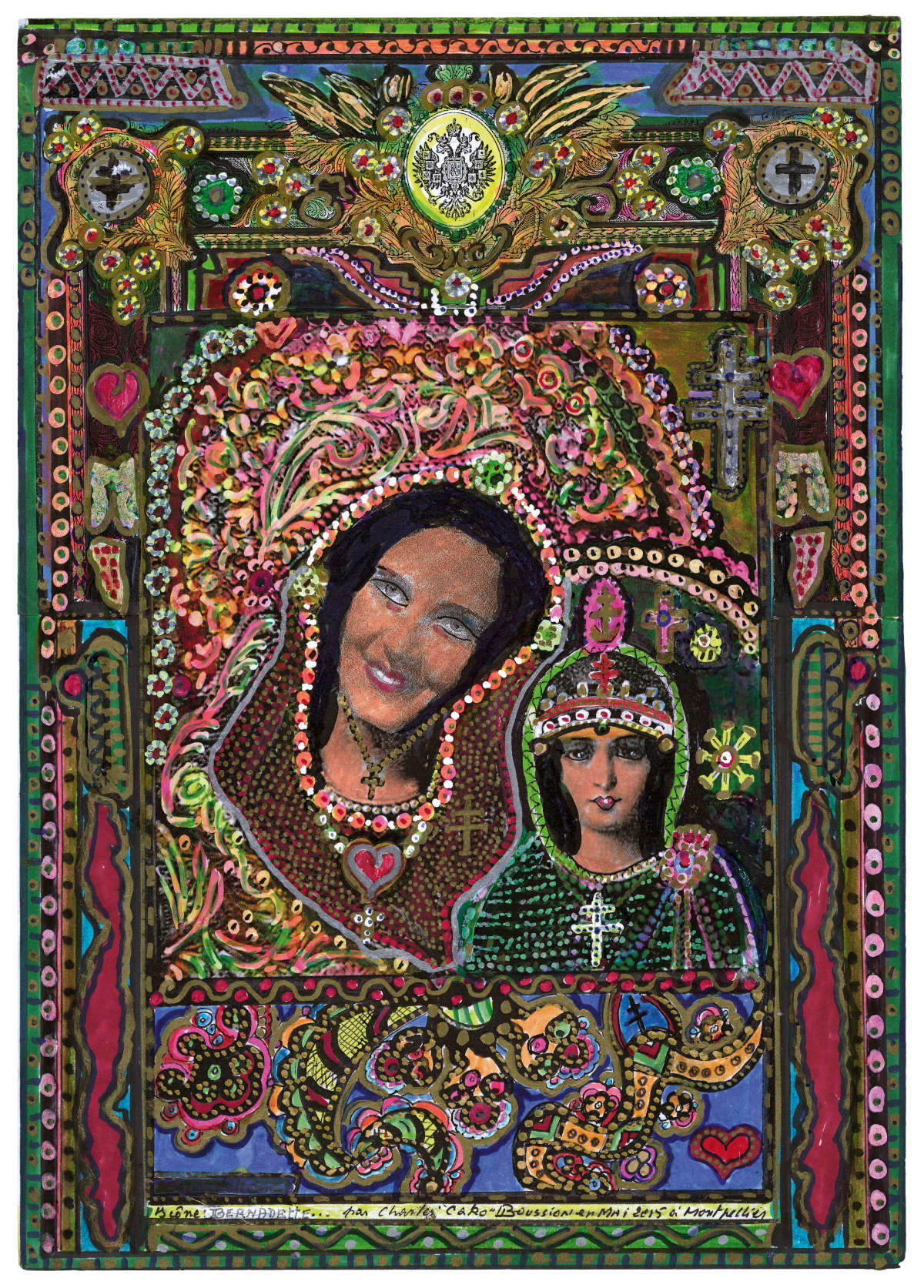
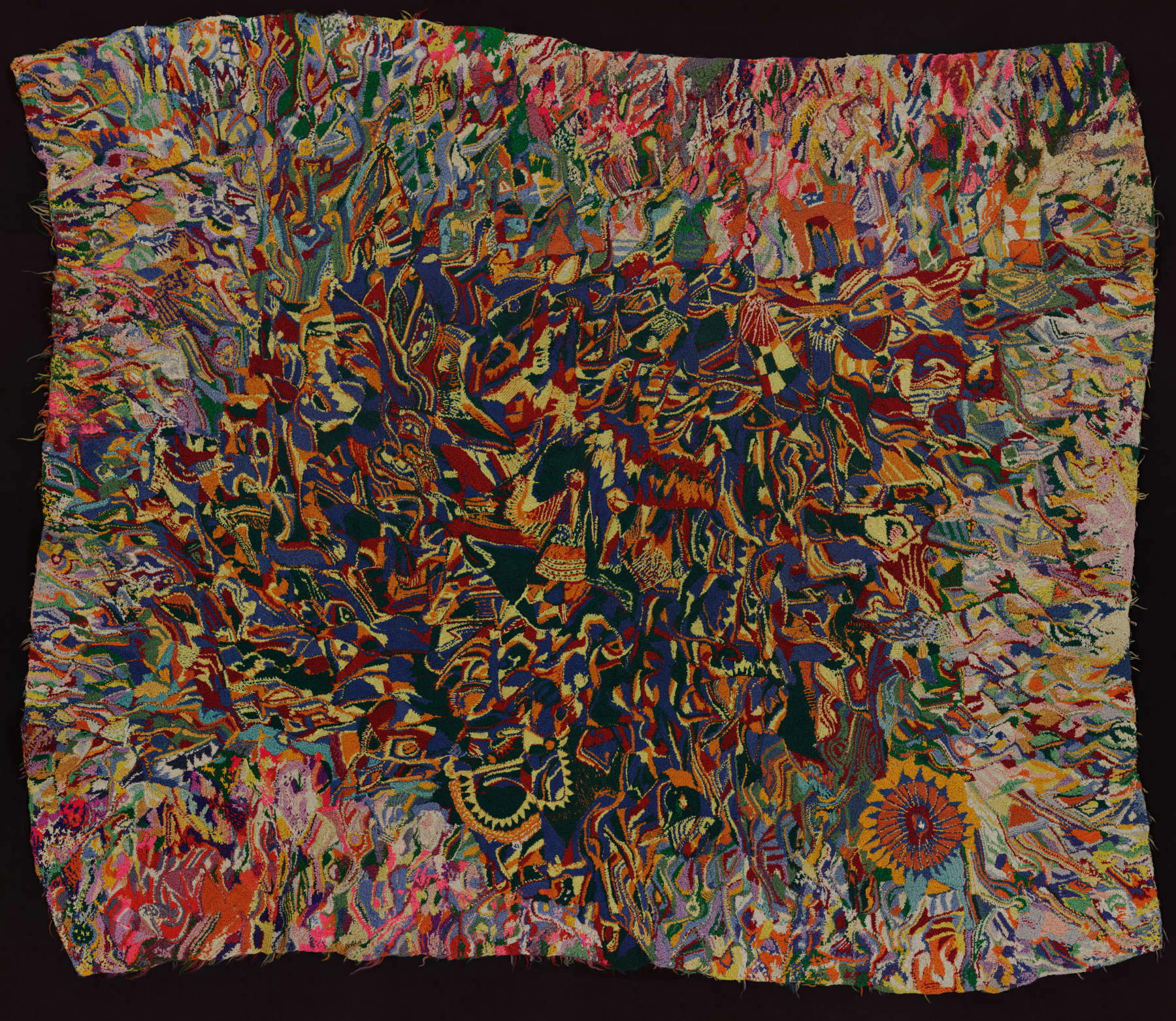
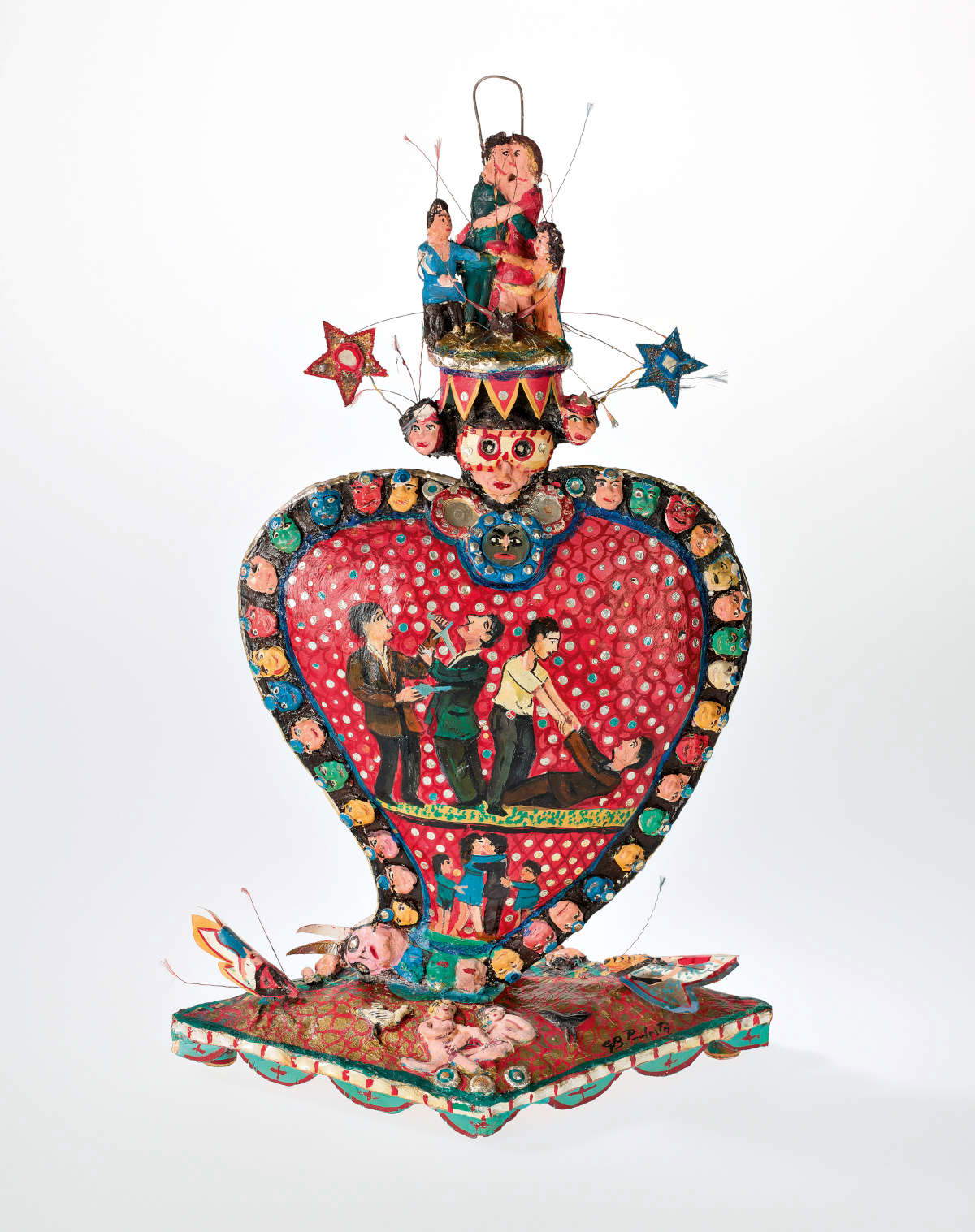
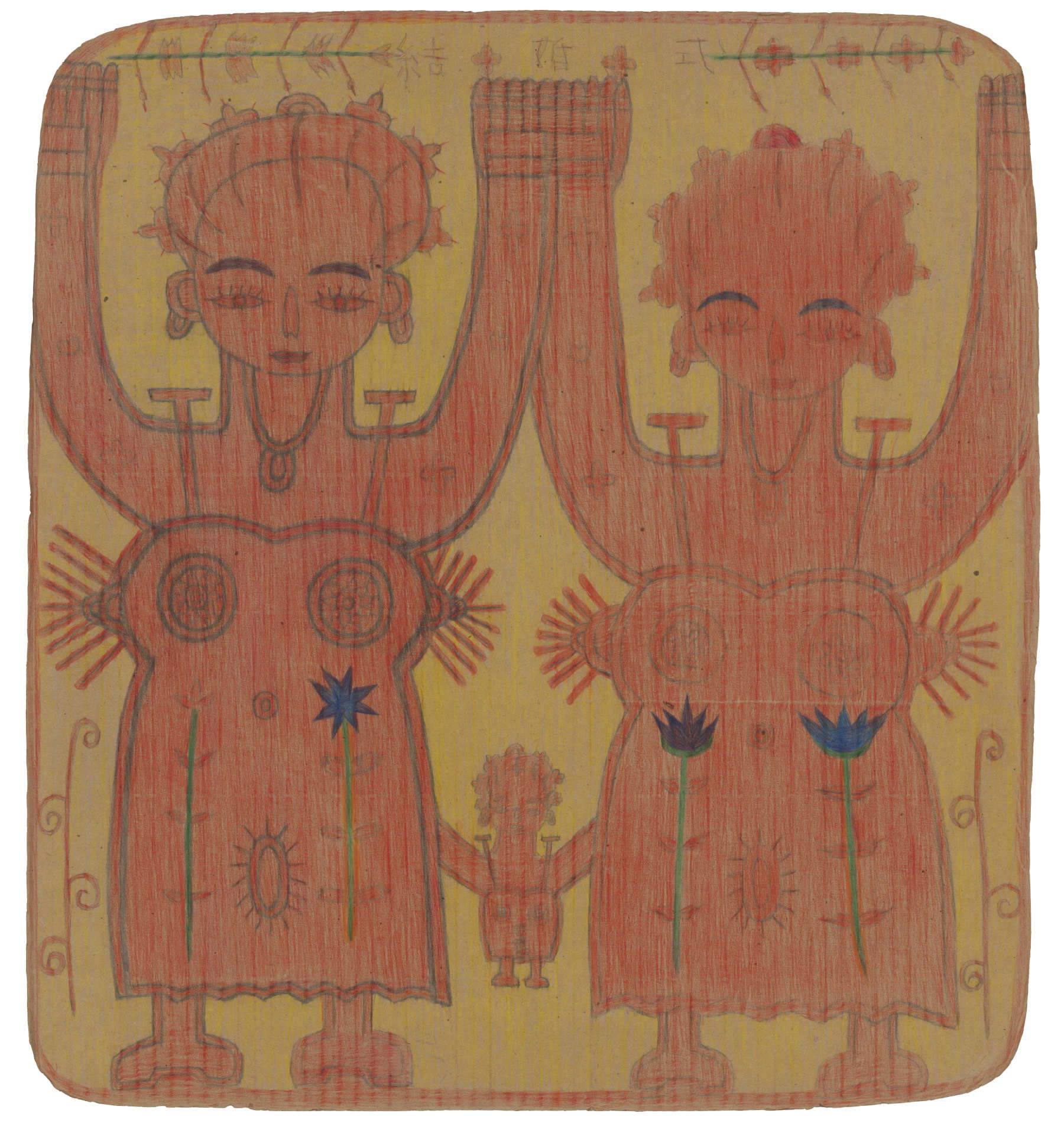
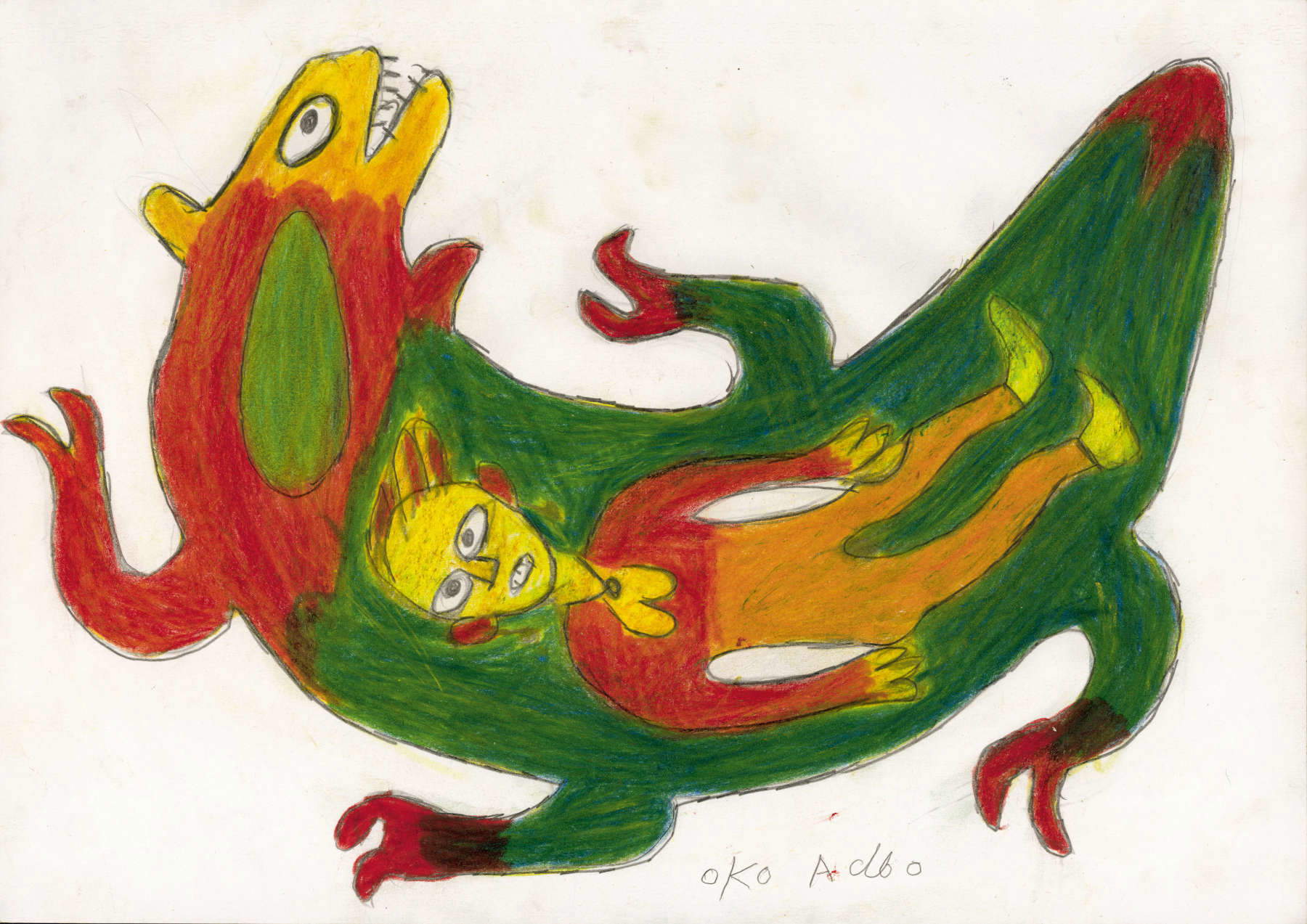
Art Brut is an artistic movement rooted in the personal experience and lives of artists. Their creations, often enigmatic and intended for an inner audience, reflect deeply personal experiences and themes. Aloïse Corbaz, for example, began drawing and writing secretly during her hospitalization in a psychiatric hospital, using unusual materials such as flower petals. His works, dense with symbolism, create a cosmogonic universe populated by festive figures.
Other artists, such as Carlo Zinelli and Adolf Wölfli, explore the complexity of the human mind through their works. Zinelli, with his stylized gouaches, and Wölfli, with his vast output of collages and musical compositions, offer a cross-section of Art Brut that goes beyond traditional conventions. These authors do not seek recognition, nor are they influenced by the judgment of others; they create personal universes, far from the standards imposed by society.
The final sections of the exhibition explore the body and beliefs, universal themes that fascinate artists around the world. The works on display address personal beliefs and individual mythologies, offering a profound look at existential questions. Marie Bouttier, for example, makes automatic drawings that reflect her interest in the occult, while Giovanni Battista Podestà denounces social corruption through a Manichean vision.
The variety of works on display is astonishing, from Guo Fengyi’s works illustrating the fluids of the body to Giovanni Bosco’s anatomical representations and Giovanni Galli’s drawings exploring the union of male and female. Each work, created by artists from different backgrounds, represents a unique voice in the Art Brut landscape.
The exhibition aims not only to showcase extraordinary works, but also to facilitate understanding of the art movement through a free audio guide. The app, available at the box office, offers commentary by Jean Dubuffet and the artists themselves, making the experience of the visit even more immersive and accessible. To mark the exhibition, a catalog entitled Dubuffet and Art Brut. The Art of Outsiders, available in the exhibition bookshop, bookstores and online. This volume represents an additional tool for exploring and deepening the world of Art Brut, allowing a wider audience to approach this fascinating and still little-known art form.
 |
| Dubugget and Art Brut: the raw art revolution on display at Milan's Mudec |
Warning: the translation into English of the original Italian article was created using automatic tools. We undertake to review all articles, but we do not guarantee the total absence of inaccuracies in the translation due to the program. You can find the original by clicking on the ITA button. If you find any mistake,please contact us.